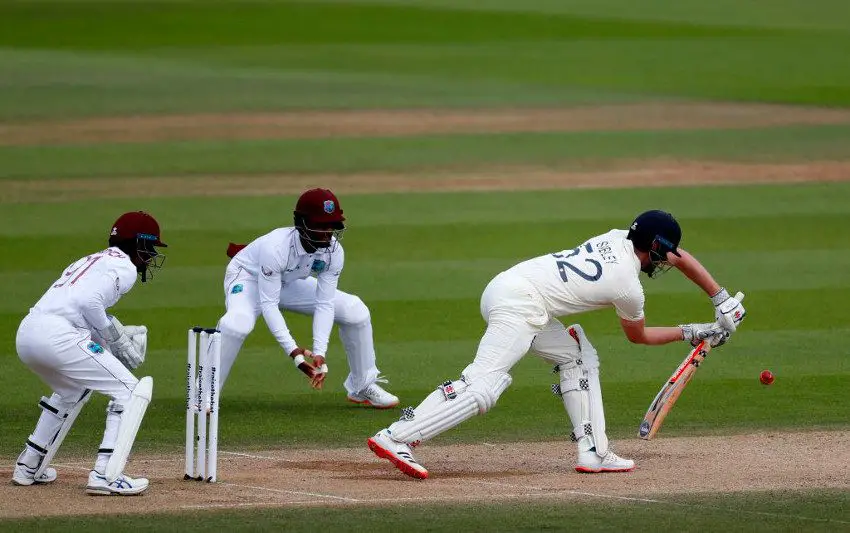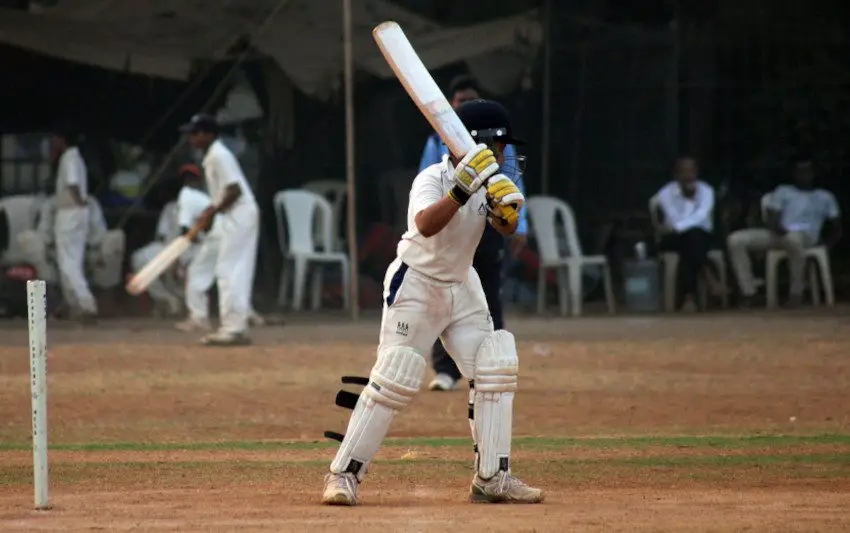Table of Contents
Dot balls are vital to a bowler and the fielding side in limited overs cricket, but what do they mean?
What is a Dot Ball in Cricket?
A dot ball is a delivery which doesn’t concede any runs. If the batting team cannot score from the bat or via any form of extras, the delivery is referred to as a dot ball.
The delivery doesn’t have to take a wicket. As long as there are no runs scored, it can be referred to as a dot.
Why is it Called a Dot Ball?
A dot ball gets its name from the cricket scoring system. When a ball is bowled and no runs are scored, either from the bat or via extras, the scorer records that delivery with a single dot in the scorebook.
This is why dot balls are usually separate from wicket taking deliveries. Any ball that takes a wicket will see the scorer write a ‘w’ in the book as opposed to a dot.
How to Earn a Dot Ball
A dot ball is especially useful in limited overs cricket. A dot can put pressure on the batting team who are looking to boost their run rate. Sometimes, a batter will play a poor shot or he’ll miss the ball completely, and that will hand the bowler a dot, almost by accident.
There are, however, ways in which bowlers will look to increase their chances of bowling a dot delivery.
Towards the end of an innings in particular, you will often see bowlers target a full length wide of off stump. It’s a risky option as, if they bowl outside of the guidelines, the umpire should call a wide and they will need to deliver the ball again.
Slow balls, bouncers and full yorkers are also used by bowlers who are seeking dot balls and looking to keep the runs down. Every tactic is explored in their quest, but those types of deliveries can be the most economical.
How to Avoid a Dot Ball
Batting teams will obviously want to avoid dot balls. They aren’t such a problem in test and first class cricket but, in the limited overs formats, batters will want to keep those dots down to a minimum.
If you’ve seen any white ball games, you’ll know that batters like to be innovative and a whole new set of shots has been brought into the game. Many of those strokes are also premeditated. Instead of reacting to the delivery, the batting side try to guess the bowler’s intentions.
For example, if the bowler bowls wide and full outside off stump, it’s not OK for the batters to let that delivery go through to the keeper. Similarly, if they stay in their regular batting stance, that ball will be hard to reach.
As a result, batters will often move their feet across to the off side, if the bowlers are bowling wide and full. If the ball is straight or on leg stump, they can still hit through to leg.
Another common premeditated shot is the ramp. If a bowler is looking for the yorker, this will be a full ball that is difficult to hit. The ramp involves the batter getting down on one knee and scooping the ball over the wicket keeper’s head.
If executed correctly, the ramp is a very effective shot. There is some danger if the ball is short pitched but we see a number of batters, especially Jos Buttler, AB De Villiers and others, playing it productively.
Batsmen will also move around the crease and come forward to certain deliveries. There is lots that the batting side can do to prevent dot balls.

Conclusion
Dot balls are a really powerful part of limited overs cricket. In test matches, we don’t need to worry about them quite so much. Tests are played at a faster pace in the modern era and a series of dots can still build pressure, but they are not so impactful.
In ODIs and T20s, dots build that pressure more quickly. Batting sides will look to take greater risks as a result and that’s when wickets can tumble.
Because of the dots’ importance, bowlers will try all sorts of different deliveries with a view to stopping the batters from scoring. In turn, those batters use certain techniques and they invent new shots in an attempt to stop those dots.


